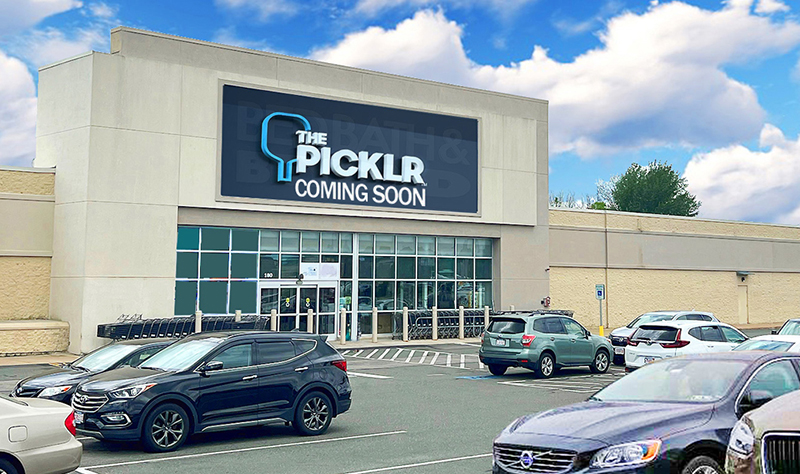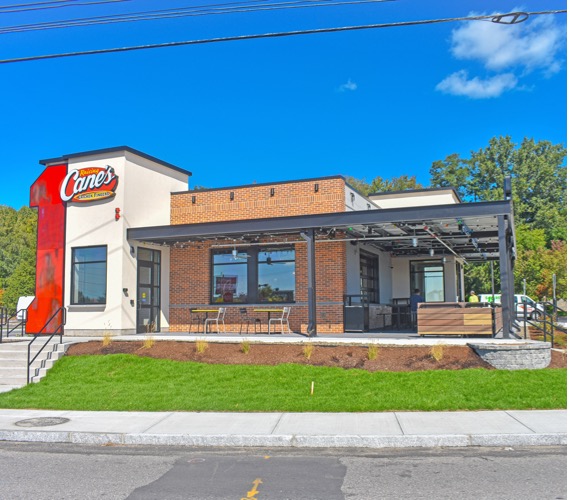News: Retail
Posted: August 21, 2014
Geotechnical engineering services can significantly impact the bottom line
Value. We all want it, but how do we actually get it? Geotechnical engineering services are a small fraction of the overall project cost, yet can significantly impact the bottom line. Owners always try to decrease project costs; however, basing this on a price proposal is rarely effective. The weak economy and penny wise pound foolish attitudes have reinforced this philosophy. Geotechnical engineering services are generally performed early in a project during the due diligence phase. Prior to construction, it can be difficult to see the value of spending a few thousand dollars more when a shovel has not even gone into the ground. While there may not be excavations, foundations, or framing, the geotechnical explorations are a significant control over risk and project cost. The geotechnical engineer, who interpolates subsurface conditions from limited information, requires extensive experience. A structural engineer can specify a structural member, knowing it will have consistent properties. Subsurface conditions are never as clear and can vary significantly even for a small project. To reduce geotechnical engineering fees, the number of subsurface explorations, sampling intervals, and laboratory testing are often decreased; accurate surveys of boring locations can be removed; and private utility locating at developed sites may be pushed on to the owner. While these actions can initial reduce costs, they significantly increase risk and can affect other phases of the project.
A thorough geotechnical exploration and engineering program results in more certainty in construction conditions. As there is less risk, the engineer can be more cost effective with their recommendations. Is saving a few thousand dollars by performing a fewer borings worth the headaches and extra costs associated with finding that pocket of buried unstable fill during construction? How about spending hundreds of thousands of dollars more to install driven steel piles for a large building, when a more in-depth geotechnical engineering program could have provided a better alternative. Terracon often peer reviews reports, conducts additional explorations, and have been able to provide options for intermediate foundation systems rather than the conservative approach of supporting the buildings on driven piles. This required performing a robust geotechnical exploration program in multiple phases to effectively delineate subsurface conditions. The client spent more up front to perform these services, but overall saved a significant amount. This is particularly important on sites that do not have consistent subsurface conditions or on sites that were previously developed. Terracon has encountered conditions including bedrock a few feet below the surface to over 90 feet of compressible clay within the building footprint. It really is more cost effective to identify these types of subsurface variations prior to construction than deal with change orders during.
Then there is the situation when a geotechnical exploration program is not performed at all. Because the project is small or the site appears never to have been developed, the structural engineer may specify a presumptive bearing capacity for foundation subgrades to be verified during construction. This approach still requires a geotechnical engineer to be involved and a subsurface investigation but this occurs during the construction process. Although the risk may be considered low, the potential consequences may be significant. Sites covered by vegetation may have historically been developed or worse used as a dumping ground. Terracon has been asked to provide geotechnical recommendations on countless sites where unexpected loose fill, buried organic deposits, compressible soils, or other deleterious materials were encountered when excavation began at the site. In these cases there are not only significant economic consequences, but schedules and overall project feasibility have been impacted.
A multi-disciplinary firm brings additional value to a project; firms like Terracon also provide environmental and materials testing services. Environmental sampling can be performed concurrent with geotechnical explorations using cross-trained personnel. There are delays to project schedules, additional costs, and more risk when different firms perform these services. This is due to poor communication, increased number of personnel, and redundant services, such as mobilizing two drilling crews when one could accomplish the same task. A multi-disciplinary firm will take into account environmental considerations in their geotechnical recommendations and make sure they are implemented throughout the construction process.
Value should not be judged by the cost of an individual service. Much like cooking, sacrificing the quality of a single ingredient, no matter how small, can be detrimental to the overall dish. Understanding the importance of geotechnical engineering services will lower the owner's risk and lead to more successful and profitable projects.
Ryan Roy is northeast division manager/senior prinicipal for Terracon, Manchester, N.H.
Tags:
Retail
MORE FROM Retail
Mace of KeyPoint Partners negotiates 36,192 s/f lease for The Picklr at Endicott Square
Danvers, MA KeyPoint Partners (KPP) negotiated a lease with the nation’s premier indoor pickleball venue The Picklr at Endicott Sq. Vice president of retail brokerage Don Mace negotiated the transaction on behalf of the landlord.





.jpg)


